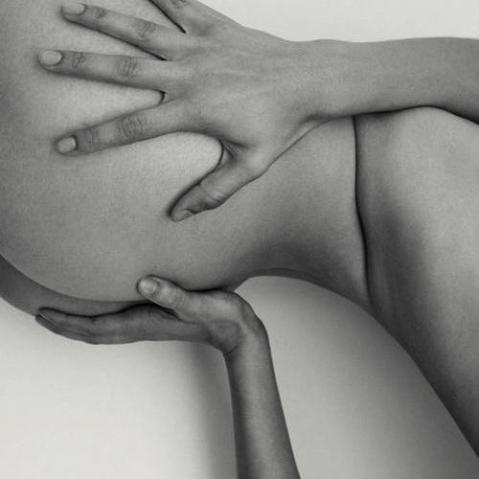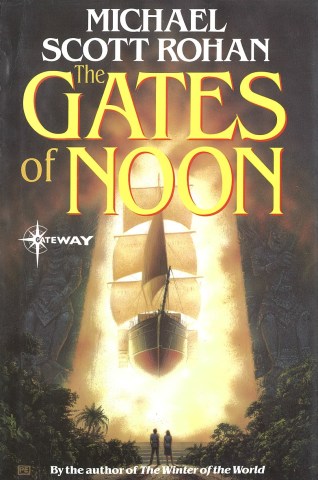Shooting low for super bird photos
The best bird photography narrows the gap between the human and avian world, revealing bird life as other birds might see it. Angling shots of birds at their level goes a good way toward this, and the results are often worthwhile.
 500mm lens | ISO 200 | 1/400 sec at ƒ/11
500mm lens | ISO 200 | 1/400 sec at ƒ/11
If you compare an image taken at a bird’s-eye level with one taken looking down from a fully extended tripod, there is no contest as to which will look best. Eye-level images create an intimacy between bird and viewer, thus having greater impact, while an image taken from above looking down on a bird usually gives a sense of detachment.
 500mm lens | ISO 100 | 1/350 sec at ƒ/4
500mm lens | ISO 100 | 1/350 sec at ƒ/4
Your neck will be badly cricked if you attempt to look through the viewfinder when laying on the ground. The best solution is to use a waist-level or angled viewfinder that attaches to the eyepiece of your camera. You might find it best to mount your camera on a tripod with its legs fully splayed or alternatively rest the lens on a beanbag. On occasion, just resting the lens on the ground using the lens mounting foot is sufficient, though this setup is not particularly stable. If you don’t want to lie on the ground, by using a long lens and standing back, the angle of view will be shallower. Start to move in closer to a bird while standing with a long lens, and you will notice that the viewing angle becomes more acute.
Wildfowl are a good subject for shooting really low. If you can find a park lake that has a footpath on the same level as the water, laying down and shooting the birds from this position can give the effect of being in the water with them.

Top tip: It is easy to lose a sense of the horizon when shooting low and thus end up with a great shot except for an obvious tilt in the background. Always check the horizon position behind your subject, and if you find the terrain a problem in this way, try using a small spirit level. These are available from some camera stores and can be stuck in an appropriate place on your camera.
The Bird Photography Field Guide is David Tipling’s expert reference to teach you everything you need to know about capturing birds in all their beauty. With useful advice on the essential equipment and photographic techniques, as well tips on composition to get you thinking more creatively, you’ll be taking superb photos that show off your subject in the best possible way.
 The Bird Photography Field Guide
The Bird Photography Field Guide
David Tipling
Buy it now!
RRP for print edition: £8.99



